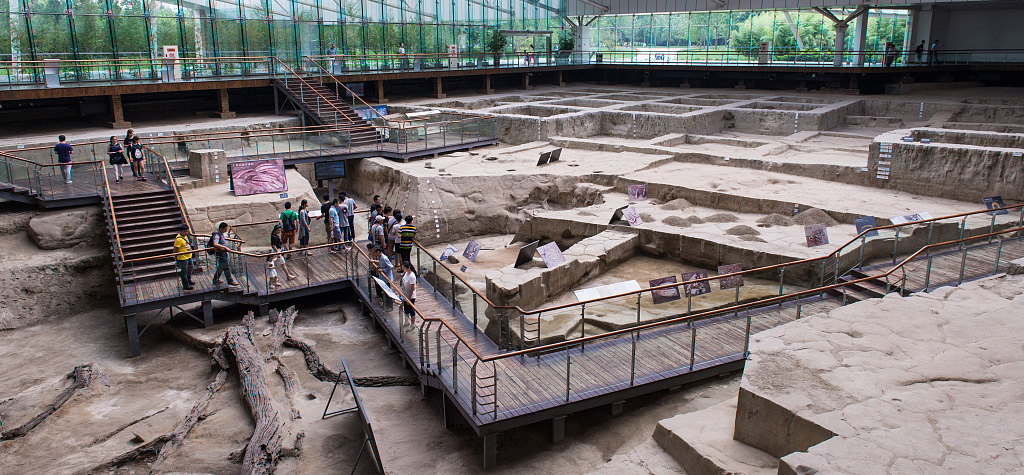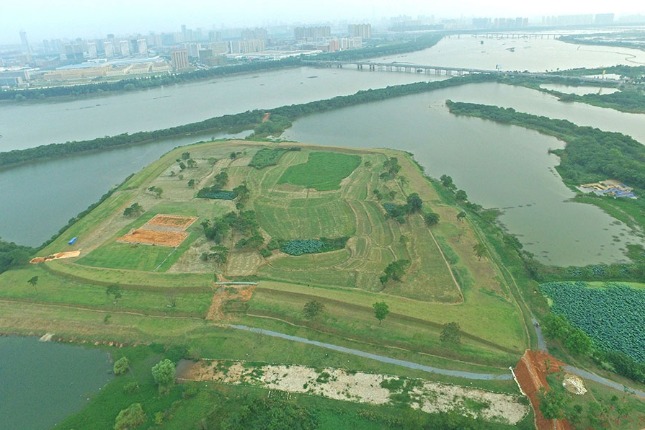
Panlongcheng National Archaeological Site Park
The Panlongcheng site is located in Huangpi district, Wuhan city, Hubei province. It is a city site dating back to the early Shang Dynasty of China (c.16th century-11th century BC). It has the largest scale, clearest layout, and richest archaeological discoveries of any site in the Yangtze River valley.
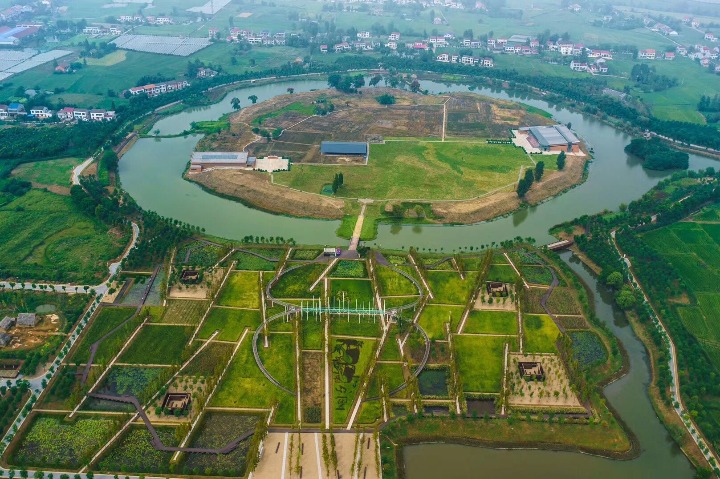
Chengtoushan National Archaeological Site Park
The Chengtoushan site is located in 18.7 hectares in Li county, Changde city, Hunan province, 10 kilometers northwest of the county seat.
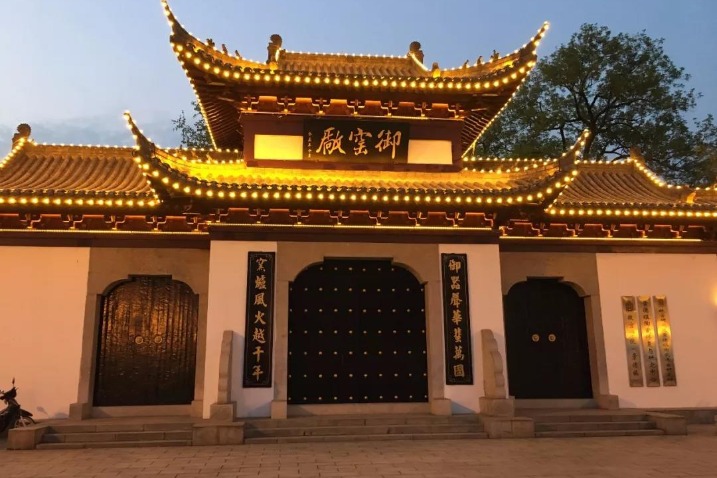
Imperial Porcelain Factory National Archaeological Site Park
Located in today’s Jingdezhen, East China’s Jiangxi province, the imperial porcelain factory, also known as the “official kiln”, produced porcelains especially for the imperial families of the Ming and the Qing dynasties (1368-1911).
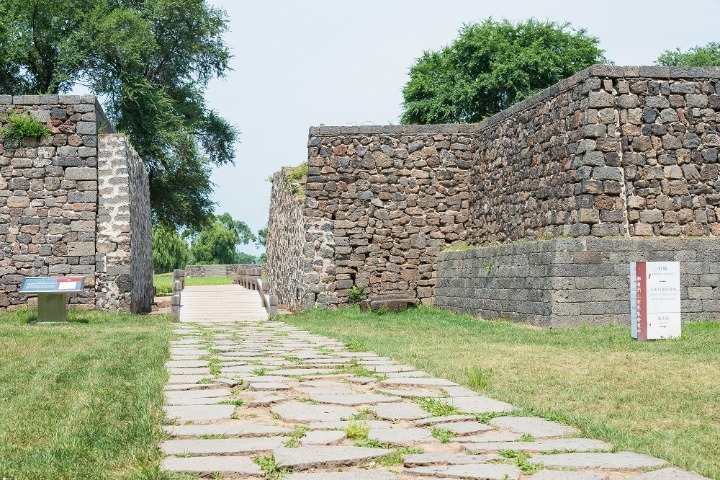
Bohai Shangjing National Archaeological Site Park
The Shangjing Longquan Prefecture Site of the Bohai Kingdom (a minority regime in northeastern China from 698 to 926 established by the ancient Mohe people) is located in today’s Ning’an county, Heilongjiang province.
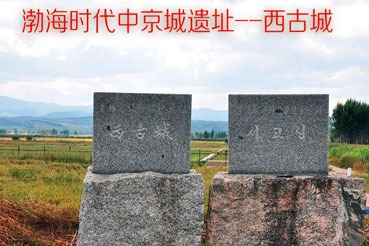
Bohai Zhongjing National Archaeological Site Park
The archaeological park mainly consists of the Zhongjing city ruins and the Longtou Mountain tomb complex.
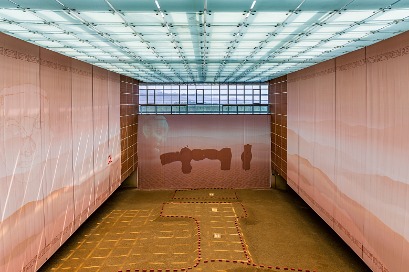
Niuheliang National Archaeological Site Park
The Niuheliang site lies on a mountain ridge bordering Jianping county and Lingyuan city in Chaoyang, Northeast China's Liaoning province. Discovered among a vast expanse of farmland, it is four hours' drive from Beijing.
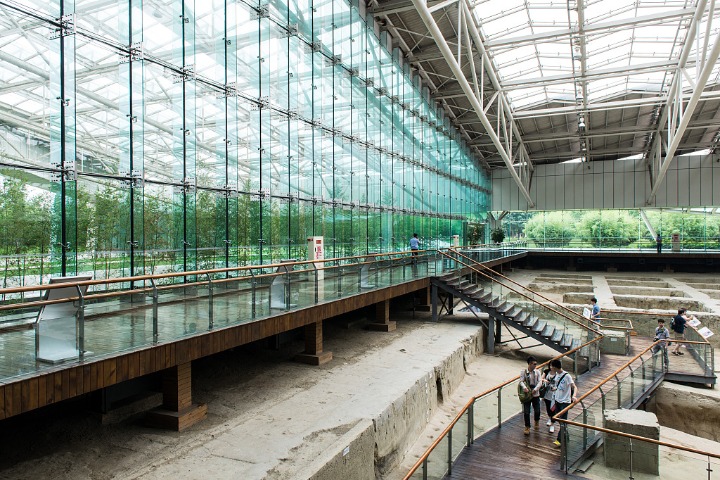
Jinsha National Archaeological Site Park
Located in the northwestern area of Chengdu, capital city of Sichuan province, the Jinsha site is one of the ruins of the capital city of the ancient Shu Kingdom and features the distinct Shu culture that emerged during the Shang and Zhou dynasties (c.16th century-256 BC).
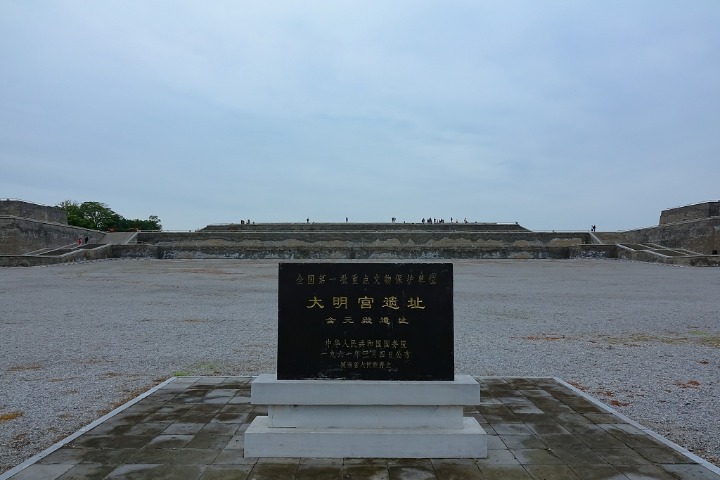
Daming Palace National Heritage Park
The Daming Palace National Heritage Park features 11 gates and more than 40 proven sites of palatial structures, most of which are located around Taiye Lake, the center of the inner court in the northern section of Daming Palace.
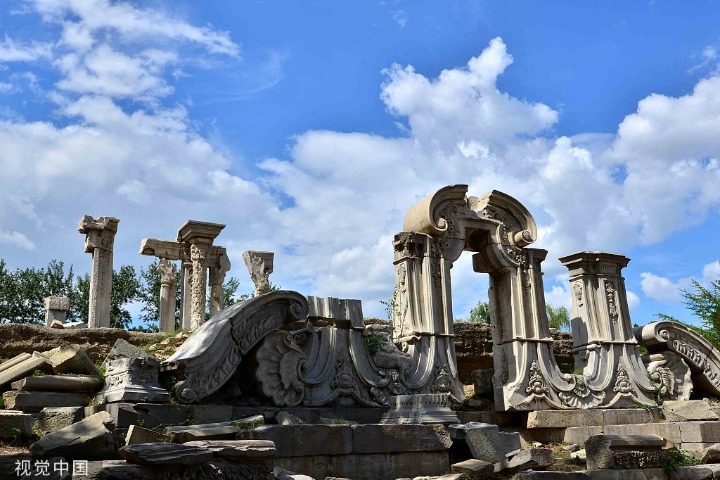
Yuanmingyuan National Archaeological Site Park
Located in west suburban Beijing, the Yuanmingyuan Park, or the Garden of Perfect Brightness, was a grand imperial garden created by and for the Qing Dynasty (1644-1911) emperors over more than 150 years.


